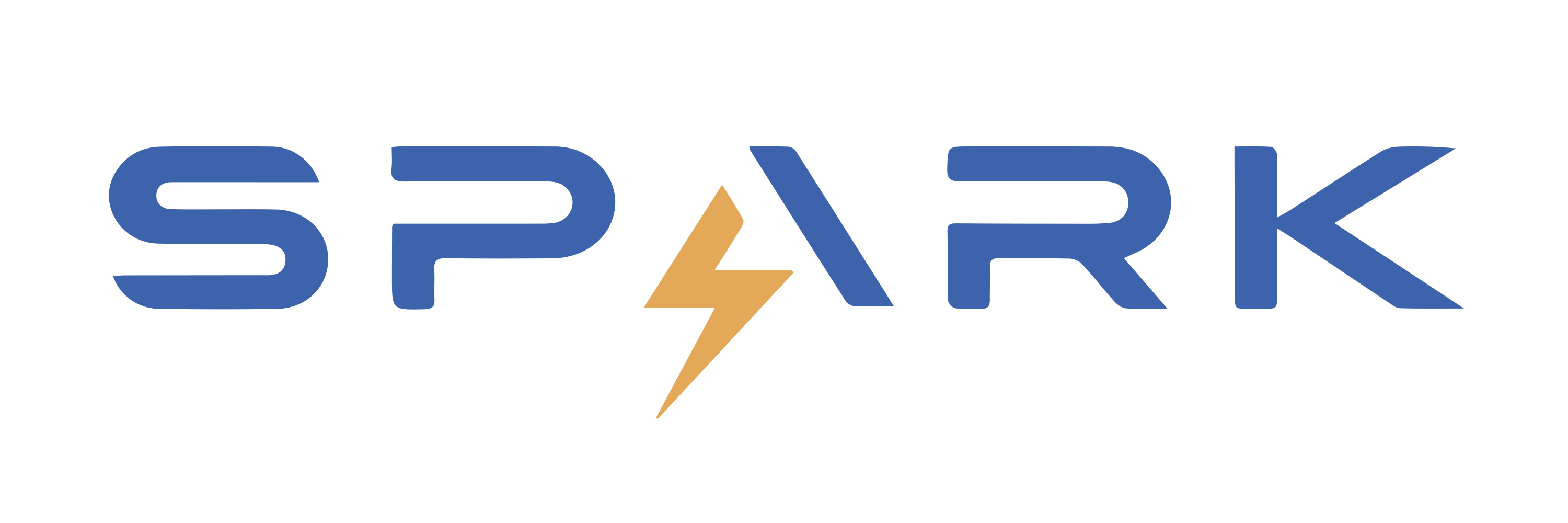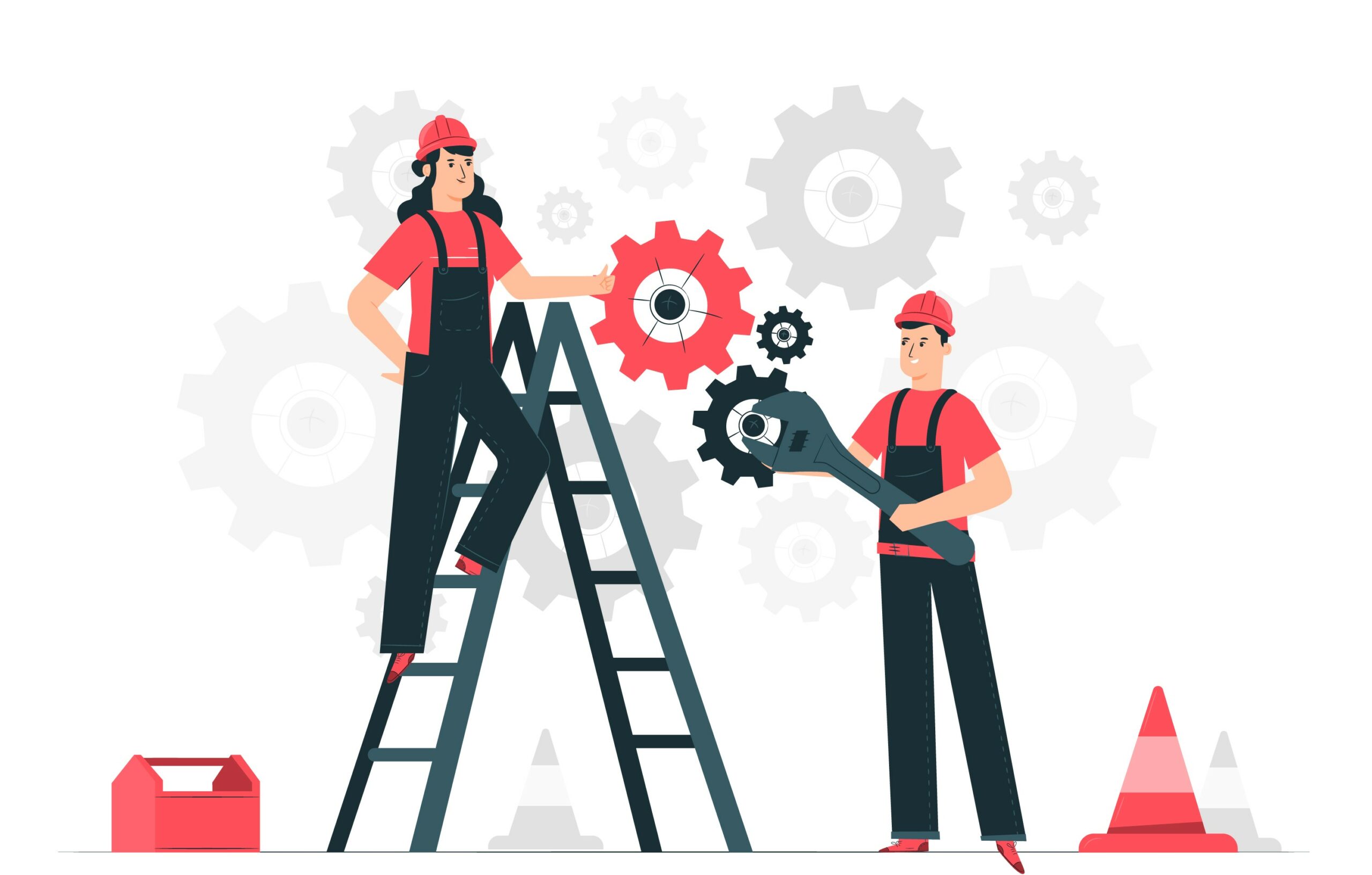Modern Web Development: Crafting High-Performance Websites That Drive Results
Nowadays, your website is not only an online platform where you present your products and services but also an effective instrument to build relationships with the target audience and promote your business. Nevertheless, creating a well-designed website that is aesthetically pleasing, and provides real engagement and implementation is an entirely different story that needs the knowledge of current web development trends.
In this article, you will learn the basic principles of modern Website Development and how the creation of your site with the proper approach can take your organization to a whole new level.
The Foundations of Modern Web Development
Modern web development is based on performance, ease of use, and flexibility. These foundations work to make sure that the face of a website looks good, in addition, the functionality of the site. It’s important for any website to load quickly, to be responsive and have good and efficient interfaces all of which will make the user engaged and produce good results. While many changes occur over time, these elements are still crucial, because they represent the foundation for useful and creative Internet solutions.
Speed Matters: Lightning-Fast Websites
Website speed is essential as it affects the experience of the website visitors, ranking under the search engine optics, and conversion. Similarly, studies indicate that 53% of users will leave a site if it takes longer than three seconds to load. 
This has more to do with techniques such as code minification, lazy loading, and content delivery networks (CDNs) that enable your site to serve content lightning-fast.
Responsive and Mobile-First Design
Currently, more than 60% of Web traffic is generated from handheld devices, and thus, the responsive design cannot be overlooked. That is why when designing your website one of the best practices is to make it mobile-first which guarantees that it will look good, and function well on any type of device.
Bootstrap along with many other new frameworks such as Tailwind CSS enables the developers to design a website that is universally responsive, specifically for mobile users while keeping the functionality of the desktop interface.
User Experience (UX): The Core of Engagement
User experience is at the core of most web design experiences and determines how a user navigates through a given website. A simple, well-designed, and properly organized web page is not only one that draws in customers but also one that maintains such customers’ interest and they have no option but to keep coming back.
Good UX design features easy navigation, fast-loading interactions, and rich content. Components such as pretty and well-defined call-to-action buttons, awesome graphical animations, and real-time feedback enrich it. Websites that implement user needs usually enhance loyalty and increase the conversion rate.
Search Engine Optimization (SEO) Built Into the Code
Unfortunately, the most creatively developed website must be searched to be discovered to make a difference. SEO is one of the core aspects of contemporary web design, maintaining the possibility of being viewed by search engines and placing high ratings for certain keywords. These include the following; improving the textual content to make it more readable by using semantic HTML; making the data more comprehensible to the search engine by integrating structured data into it; and finally, optimizing images and media to control the exhausted bandwidth and still get desirable quality. Using an SEO approach, the website not only increases the amount of traffic but also meets the user’s needs and encourages them to engage and convert.
These include the following; improving the textual content to make it more readable by using semantic HTML; making the data more comprehensible to the search engine by integrating structured data into it; and finally, optimizing images and media to control the exhausted bandwidth and still get desirable quality. Using an SEO approach, the website not only increases the amount of traffic but also meets the user’s needs and encourages them to engage and convert.
Web Security: Protecting Your Users and Brand
Cybersecurity is among the emerging issues, especially in modern web development. Concerning customer data, protection and safeguarding against such threats is a must for users to have trust in an application and for applications to meet the peculiar requirements of regulations.
Website security features include part SSL certificates, and system updates as well as firewalls. Aside from preservation or safeguarding, apparent physical security promotes users’ confidence and increases engagement.
Emerging Trends in Modern Web Development
 Indeed, the web development environment is dynamic. PWAs are a step up from conventional mobile applications because they offer the fast and effective use of an app without the need for installation and are therefore more advantageous to the user. Optimization for voice search is quickly becoming relevant since devices like Alexa & Siri are becoming more popular. Also, there is personalization where it is possible to see how artificial intelligence is changing user experience through the usage of chatbots, as well as the creation of relevant recommendations.
Indeed, the web development environment is dynamic. PWAs are a step up from conventional mobile applications because they offer the fast and effective use of an app without the need for installation and are therefore more advantageous to the user. Optimization for voice search is quickly becoming relevant since devices like Alexa & Siri are becoming more popular. Also, there is personalization where it is possible to see how artificial intelligence is changing user experience through the usage of chatbots, as well as the creation of relevant recommendations.
Measuring Success with Key Metrics
Therefore knowledge about the performance of a website is very important to improve it in the future. Specific methods that may be used to evaluate the effectiveness of a site include the percentage of users who leave a site directly from the page that they entered, the rate at which a site loads, the rate with which users complete a desired action, and the rate at which users return to a site. For example, a low bounce rate when combined with a high retention rate signifies that users are impressed with the site, and feel that they are relevant to them.
Conclusion
Modern web development effectively combines speed, response, orientation to the user, and security. These elements form the basics of web design, which go beyond simple expectations that people have from an average website to achieve real business values.
Welcome to Spark Technology. We are a company that offers innovative website or app development services that will suit your brand’s needs and what users want. Whether you are starting afresh or you want to improve your physical infrastructure and make the transformation and improvements needed to support the digital era, Let our team help you achieve your goals. Now, let’s build something truly outstanding here. Call us today to start your process






